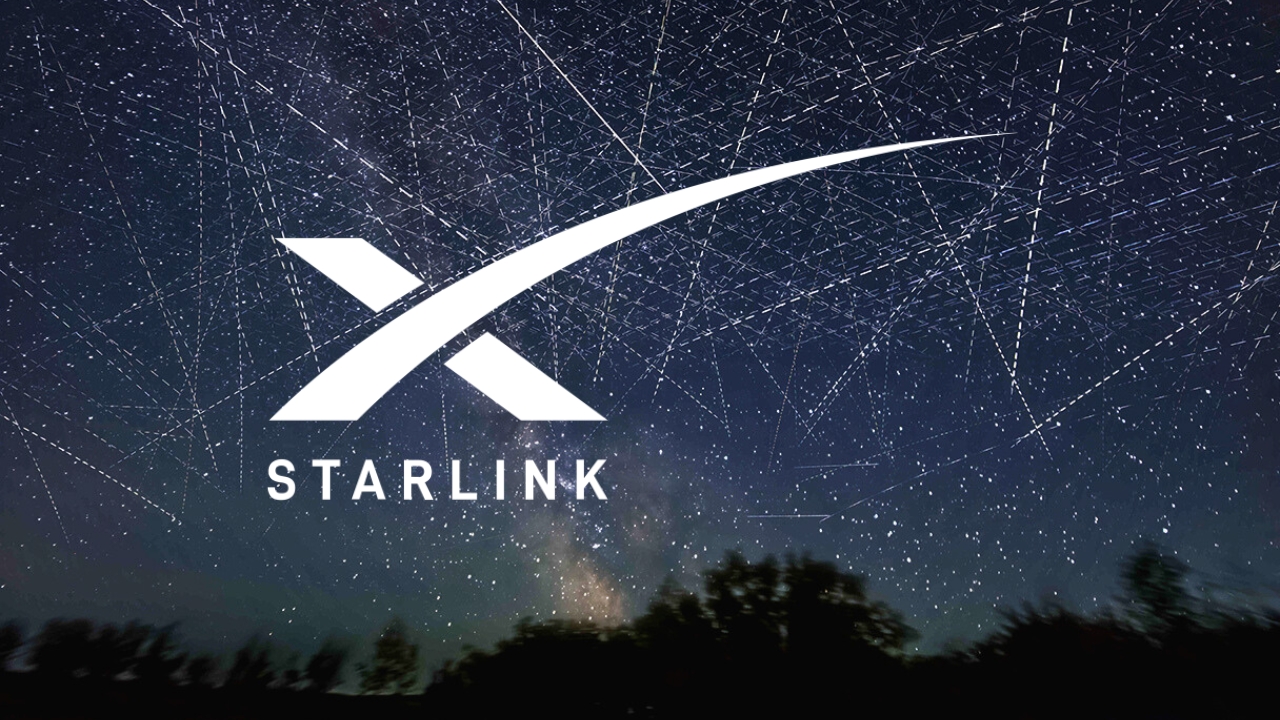Elon Musk’s satellite internet venture, Starlink, is gearing up to enter the Indian market—alongside other global satellite communication players such as Eutelsat OneWeb (backed by Bharti Group), Reliance Jio’s joint venture with SES, and Globalstar. These providers aim to offer high-speed satellite internet, especially in remote and underserved areas across the country.
While official launch dates and detailed pricing are yet to be confirmed, a recent report by The Economic Times, citing analyst forecasts, sheds light on what users in India might expect in terms of cost and access.
Starlink May Offer Unlimited Plans Under ₹840
According to the report, Starlink is likely to introduce promotional unlimited data plans for under $10/month, which roughly converts to ₹840. This pricing is being considered to make the service appealing to rural and semi-urban users who lack reliable internet options today.
Analysts believe this low entry price strategy is crucial for Starlink to scale quickly in the world’s second-largest telecom market. By offering affordable monthly plans, Starlink and similar companies hope to attract millions of subscribers over the next few years.
“The strategy is to price services affordably—below $10—to encourage adoption and distribute fixed costs across a broader customer base,” said Ashwinder Sethi, Partner at global tech consultancy Analysys Mason.
Hardware May Be Expensive for Indian Users
While the monthly plan may seem affordable, the initial cost of Starlink hardware remains a major hurdle.
Globally, Starlink’s satellite kit—which includes a terminal (dish), router, and mounting gear—costs between $250 to $380. That’s about ₹21,000 to ₹32,000 in Indian currency. For comparison, most Indian broadband providers either rent routers for free or charge a nominal one-time fee—and still offer speeds up to 1 Gbps along with bundled OTT apps.
This stark difference may discourage average users, especially those in rural India, unless some hardware subsidy or EMI options are introduced later.
Why Satellite Internet is a Big Deal for India
Unlike fiber or mobile networks, satellite internet doesn’t rely on physical infrastructure like cables or towers. That’s why services like Starlink are seen as a game changer for villages, hills, forests, islands, and other difficult-to-reach areas.
Some of the major benefits include:
- Wider Reach: Ideal for locations with little or no mobile coverage.
- Disaster Readiness: Can function even during natural disasters when ground networks go down.
- Educational and Healthcare Access: Enables online learning and telemedicine in remote areas.
But There Are Limitations Too
Despite its promise, satellite internet has its own set of challenges.
According to IIFL Research, Starlink’s global satellite network currently includes around 7,000 satellites, supporting about 4 million subscribers worldwide. Even if the constellation is expanded to 18,000 units, India’s share of that capacity is expected to remain limited.
Only 700–800 satellites may be visible over India at any time.
As per current projections, Starlink could serve just 1.5 million users in India by FY2030, a small fraction of the country’s massive internet user base.
In contrast, India already has over 800,000 telecom towers and 3 million BTS units, making ground-based connectivity far more scalable—at least in urban and semi-urban areas.
Fierce Competition Ahead
As Starlink prepares to enter India, competition is heating up. Bharti-backed OneWeb and Reliance Jio-SES are also aiming to roll out similar satellite services. This makes the landscape extremely dynamic, with multiple global and local players trying to win over India’s next 100 million internet users.
Still, Starlink has a global edge and brand recall, especially with Elon Musk’s growing influence in India through Tesla, X (formerly Twitter), and now SpaceX-backed connectivity.
What to Expect Next
Here’s what’s likely in the near term:
- Official launch announcement once regulatory approvals are finalized.
- Pre-order availability for hardware kits in select regions.
- EMI or subsidy models to ease upfront hardware costs.
- Pilot launches in rural states and hilly regions to test demand and reliability.
The Bigger Picture
India is home to more than 600,000 villages, many of which still lack quality internet access. Satellite internet has the potential to connect these last-mile users and significantly boost education, economy, and public services.
Starlink’s success will depend not only on pricing and performance, but also on how effectively it navigates India’s regulatory, logistical, and competitive challenges.

